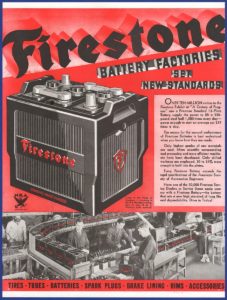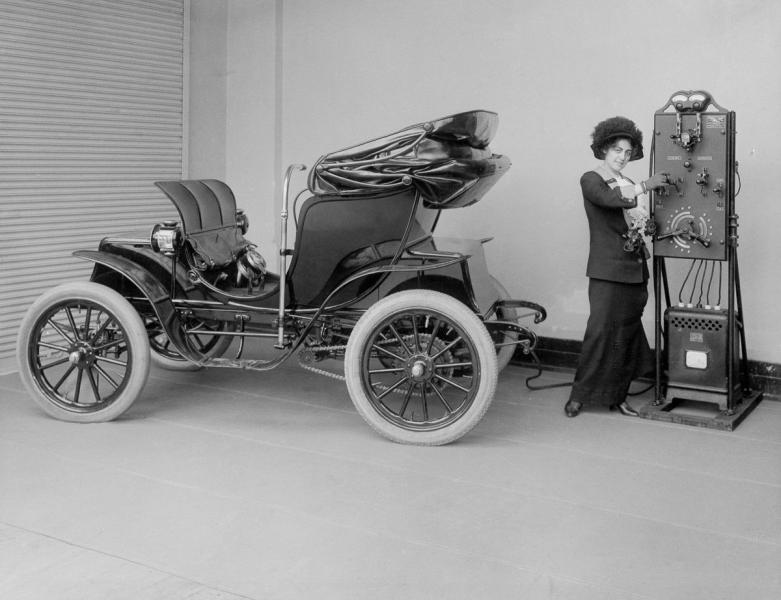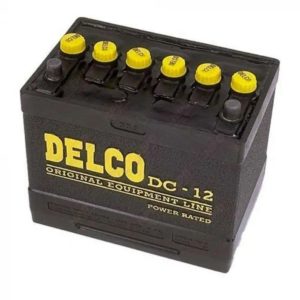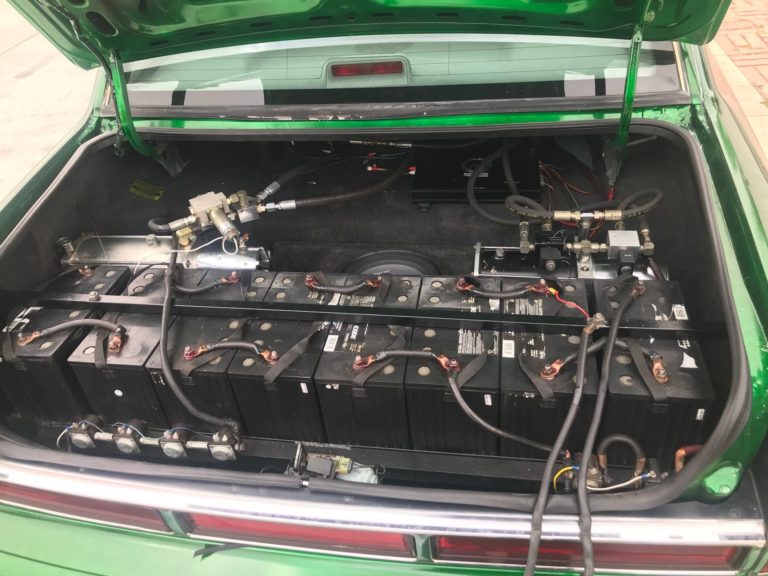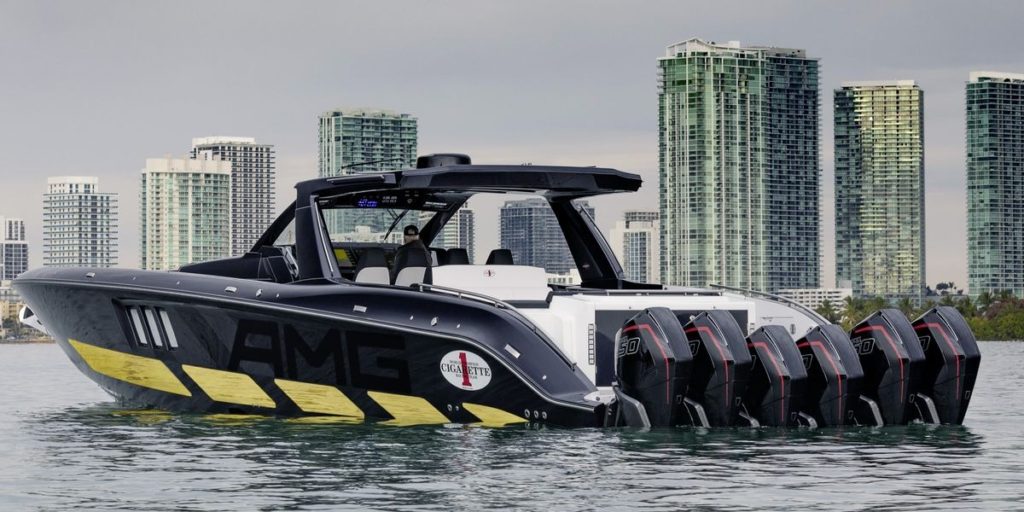
Black Friday Sale – Free Shipping On Orders Over $89*
Rev Up Your Savings – Black Friday Is Here! Get Free Shipping* when you apply the Code: BLK24 during checkout on orders over $89, valid until 12/01/2024 (11:59pm ET). Don’t miss out on this opportunity to save on the essential parts that keep your restoration moving forward.

